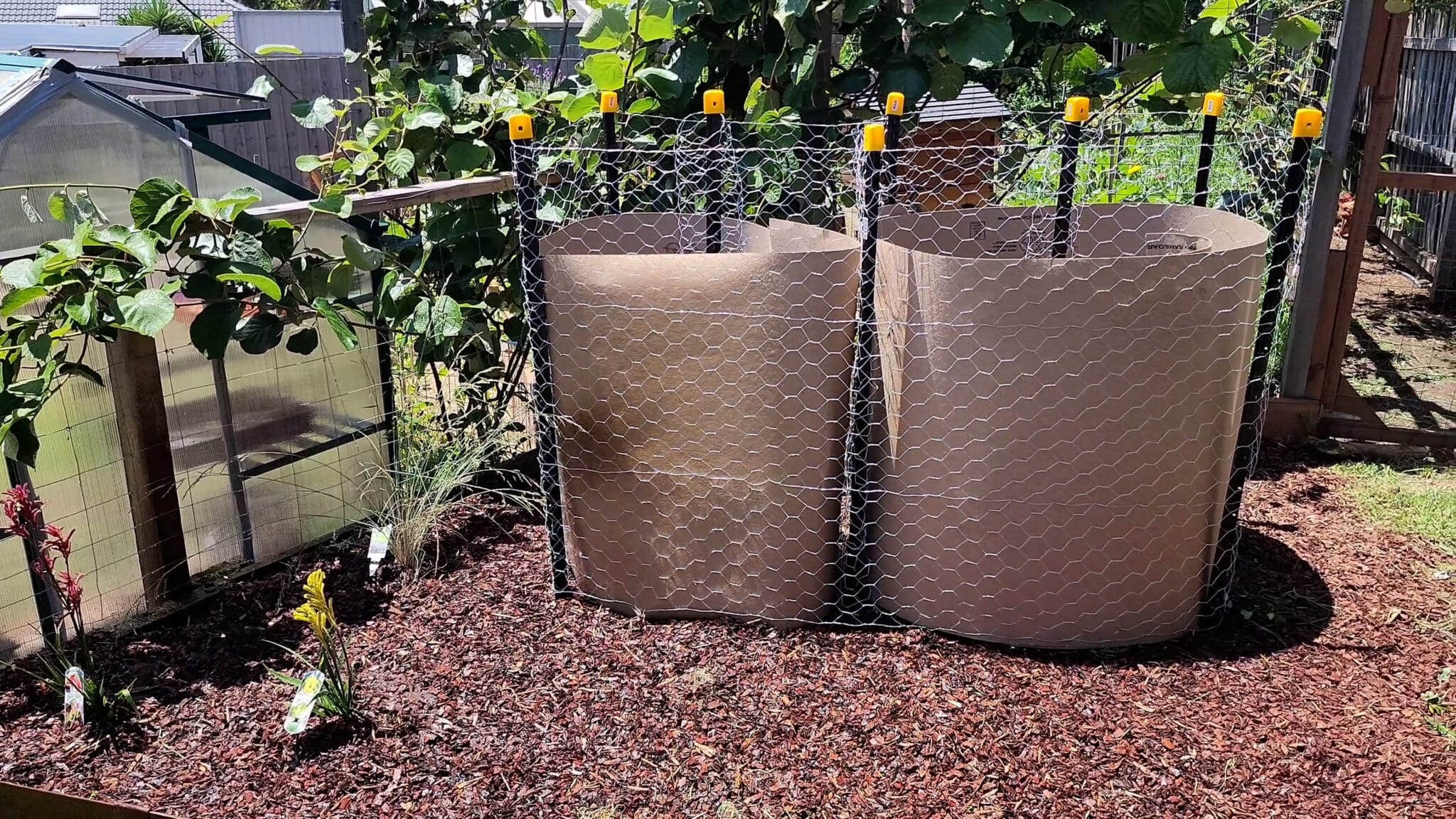Inspiration & Advice
Create your own compost bin

Create your garden compost bin
Ready to turn your kitchen scraps into garden fuel? Creating your own compost bin is a fun, eco-friendly project that reduces waste and enriches your soil.
Composting helps divert waste from landfills and fuels your garden with nutrient-rich fertilizer for your plants, making your garden thrive. Plus, it’s a great way to save money and get your hands dirty (in a good way).
Compost can be used to improve soil structure, retain moisture and even make composts tea for a nutrient boost for your garden. So, roll up your sleeves and let’s get composting. Your garden and planet will thank you for it!
What you'll need
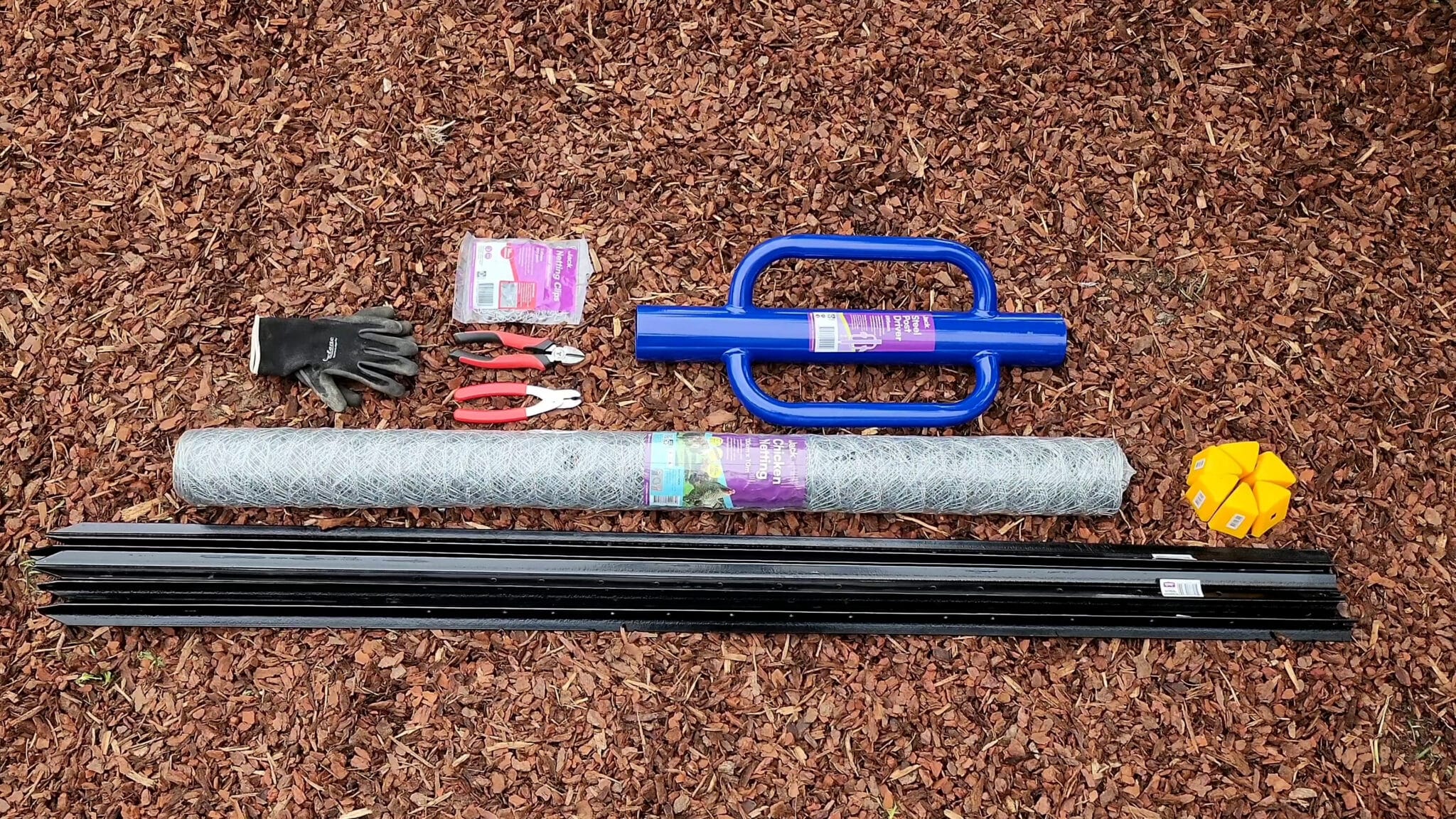
Tools & Materials
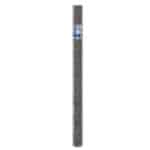

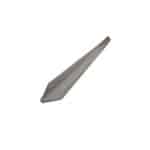

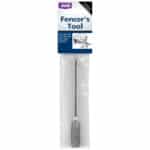
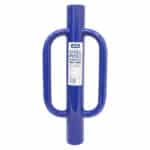

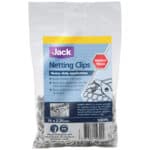
Additional materials needed for this project:
- Gloves
- Cable ties or netting clips
- Measuring tape
Your step-by-step guide
Choose a location
Make sure the area is flat, well-drained and easily accessible and receives partial sunlight.

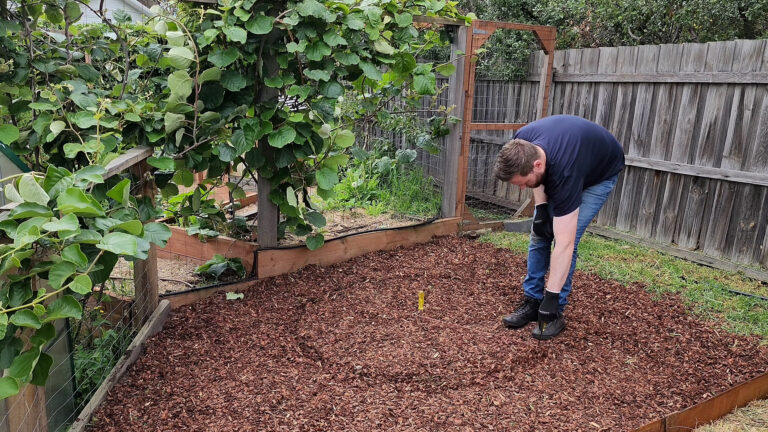 Marking out the circle at the start so it forms a nice shape
Marking out the circle at the start so it forms a nice shapePlace the posts
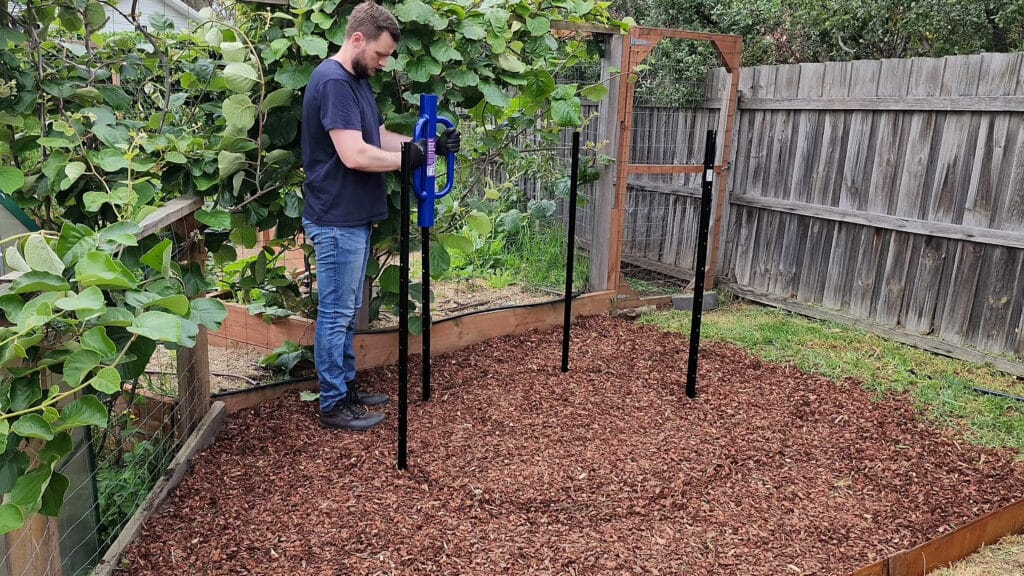
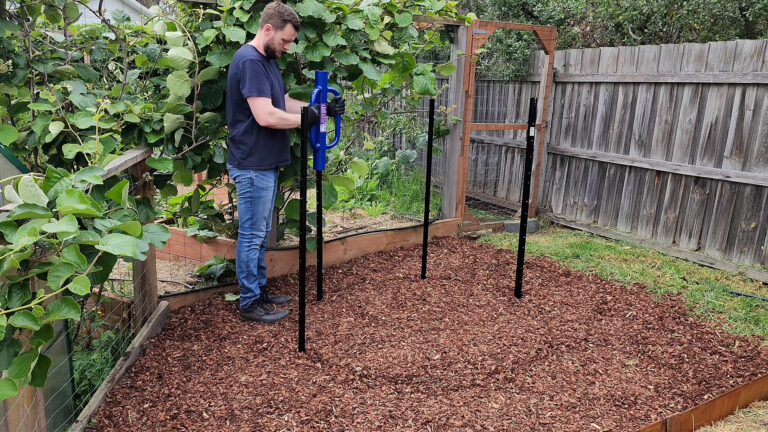
Drive posts into the ground, making sure they’re evenly spaced and form the shape of your compost bin.
Attach chicken netting
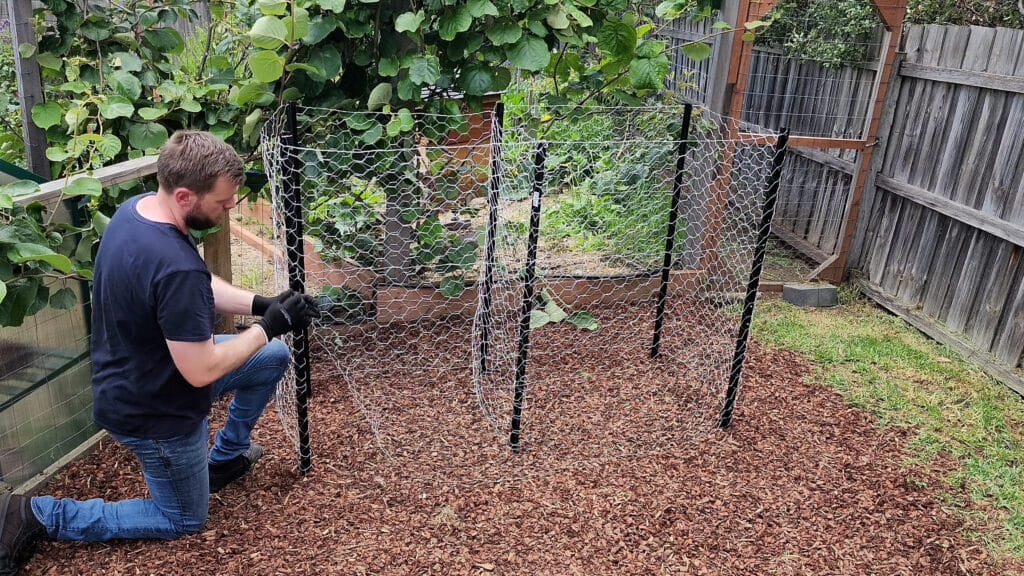
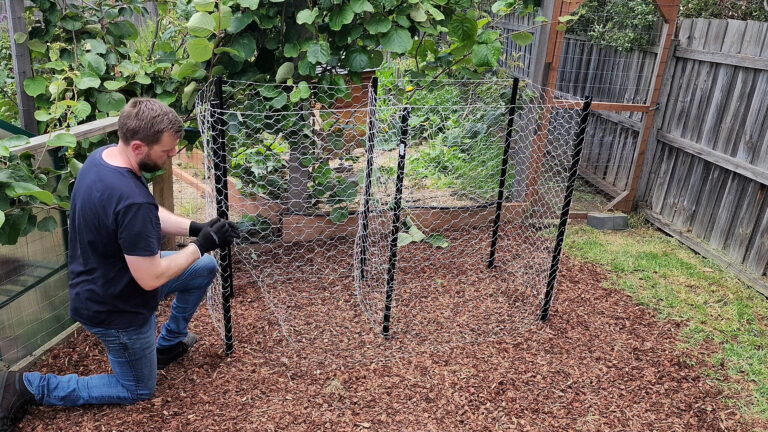
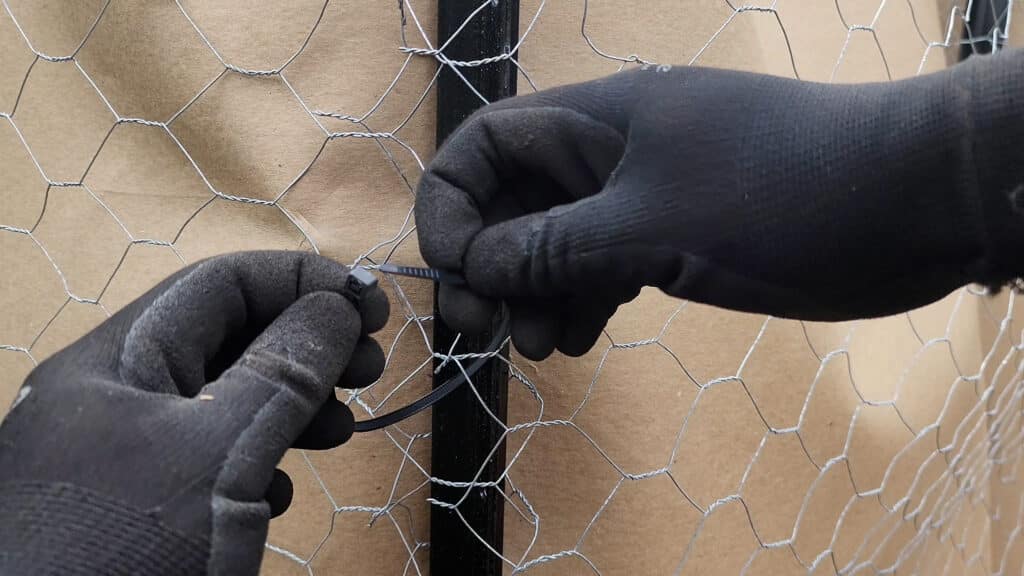
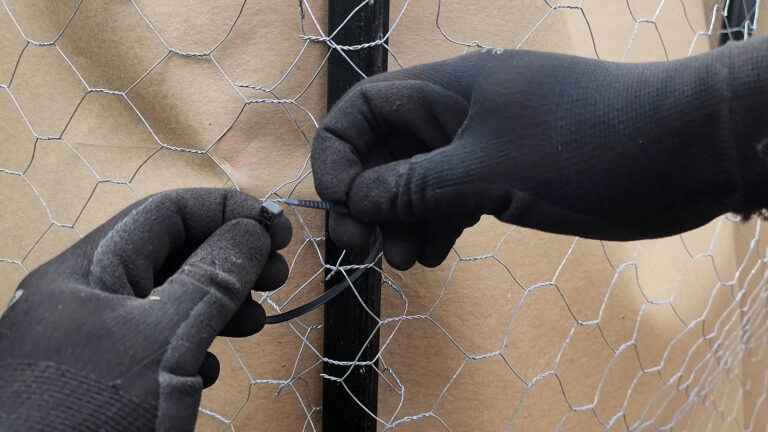
Wrap chicken netting around the posts, securing with cable ties or netting clips at each picket. Make sure its taut and stable.
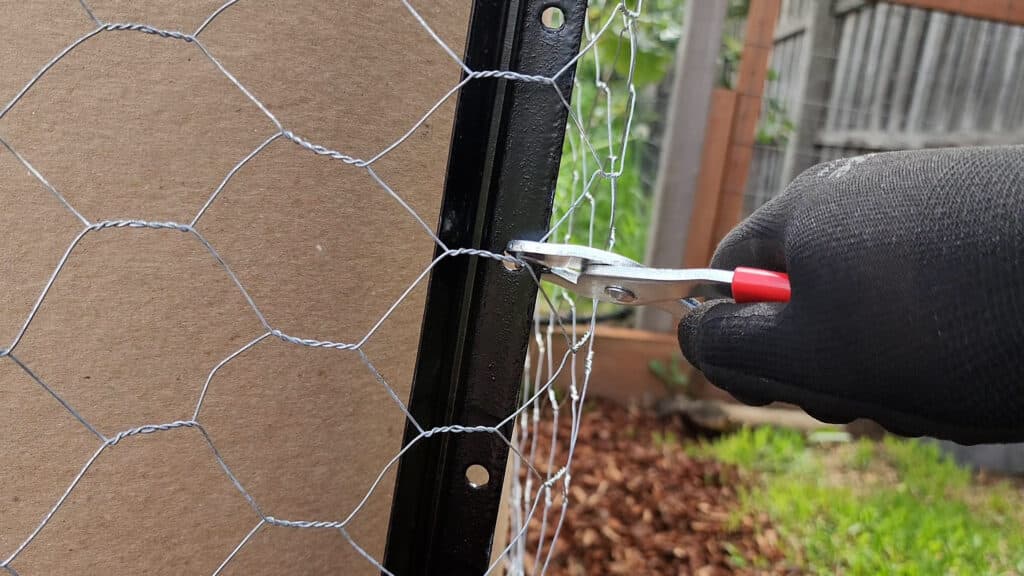
 Use cable ties at the start and end of the wire, to easily unclip when needing to harvest the compost. The rest of the wire can be clipped using the metal clips to provide stability
Use cable ties at the start and end of the wire, to easily unclip when needing to harvest the compost. The rest of the wire can be clipped using the metal clips to provide stabilityTrim excess wire
Use the wire cutters to trim excess chicken wire, being careful to avoid sharp edges.
Add safety caps to posts
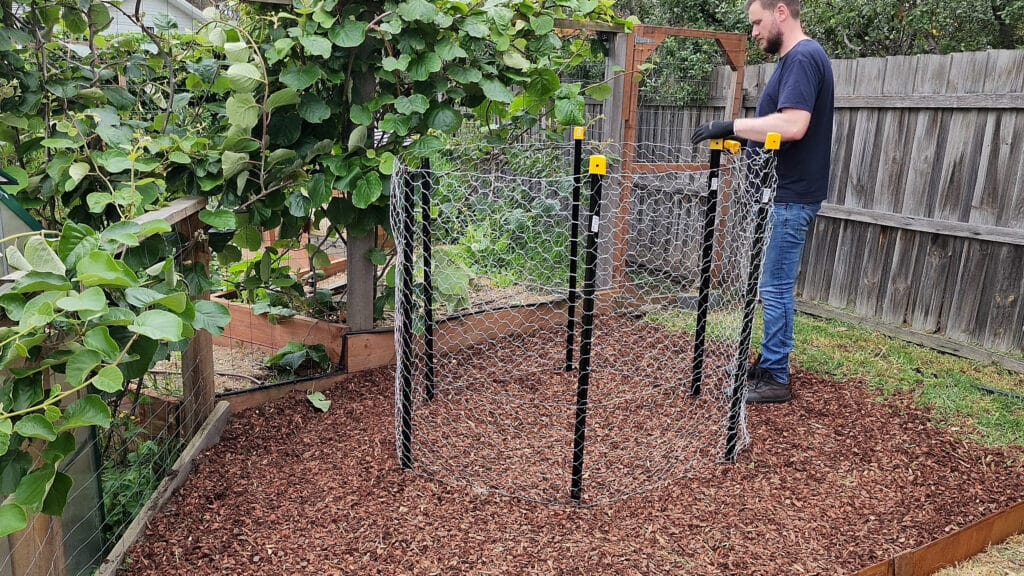
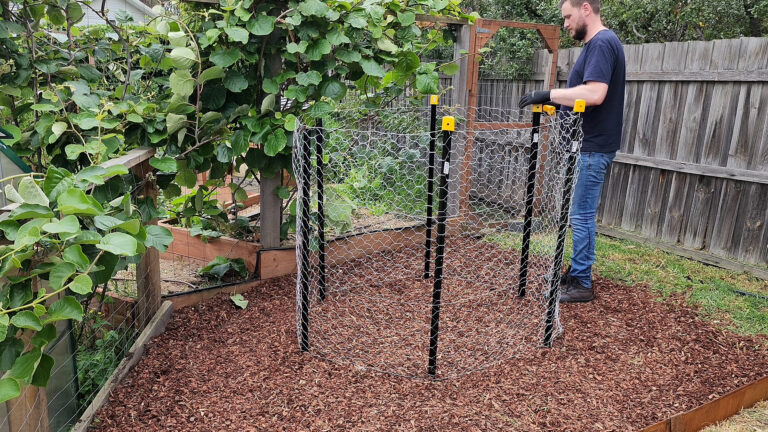
Line the inside with cardboard
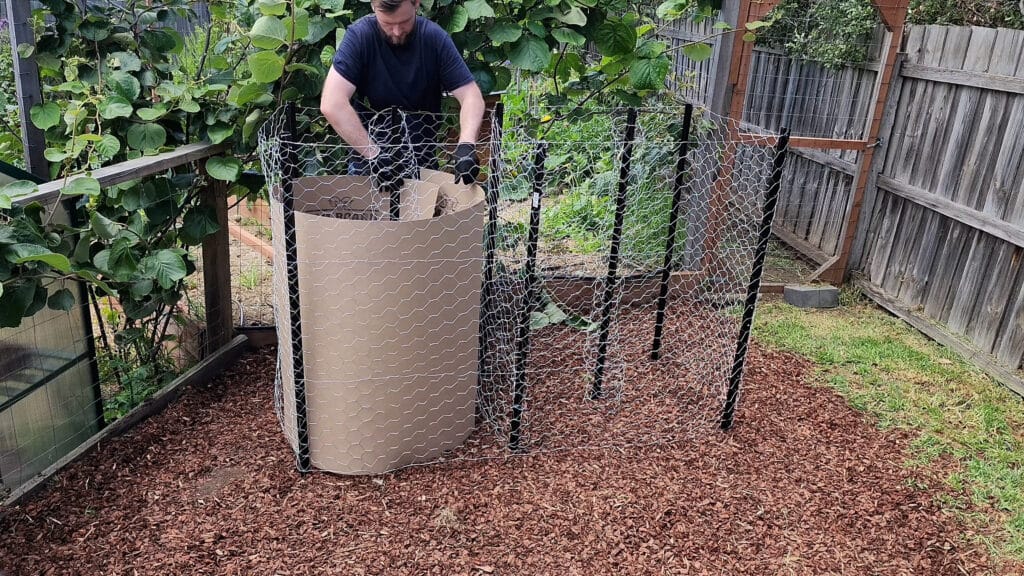
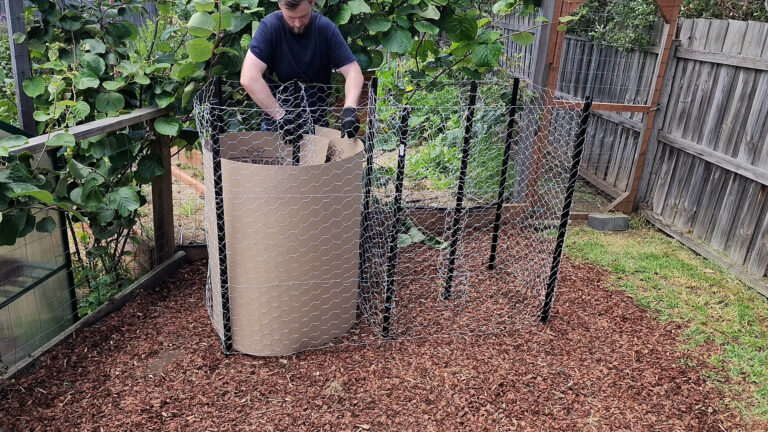
By adding a layer of cardboard on the inside of the compost bin, the compost won’t fall out. The cardboard will also break down and turn into organic matter.
Start composting

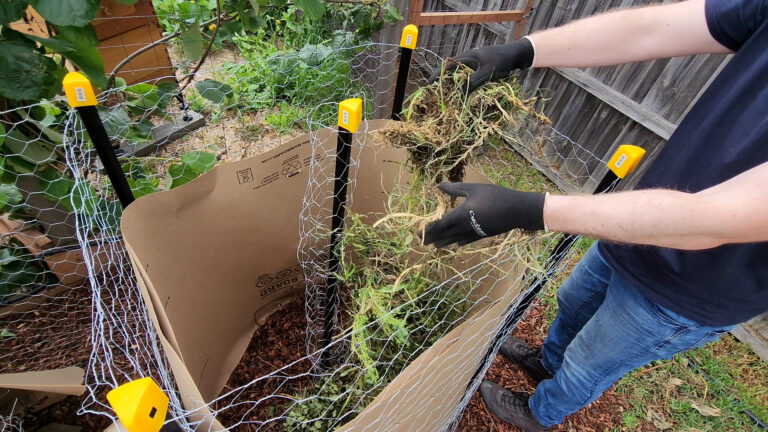
Begin adding organic materials, such as cardboard, garden waste and leaves to your new compost bin.
Jack composting tips :
- Add a balanced mix of green (nitrogen-rich) and brown (carbon-rich) materials to maintain healthy compost.
- Add a smaller circle of chicken netting, approximately 15cm in diameter to the centre of the compost bin to improve aeration and speed up the composting process.
- Keep the compost moist, but not too wet, to promote microbial activity
